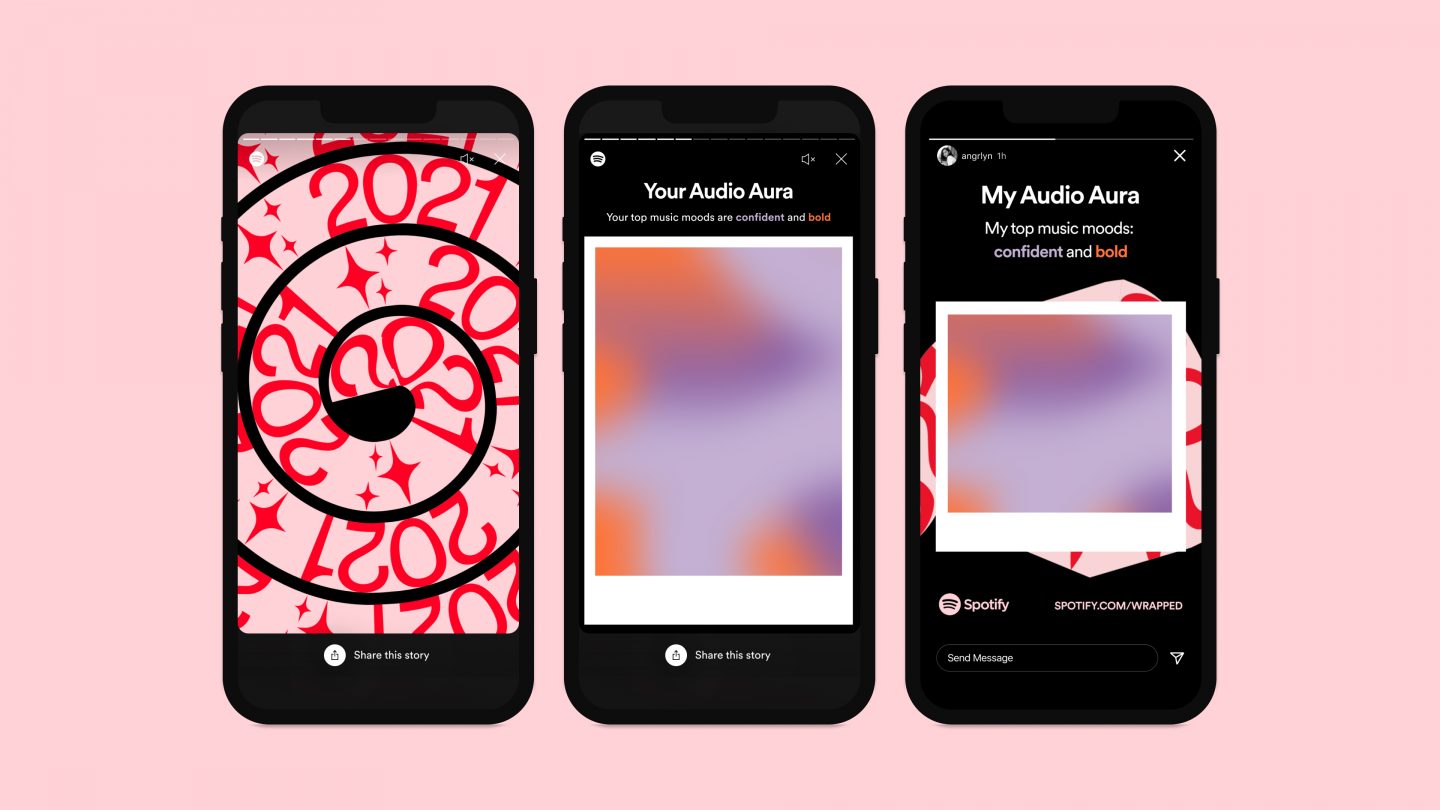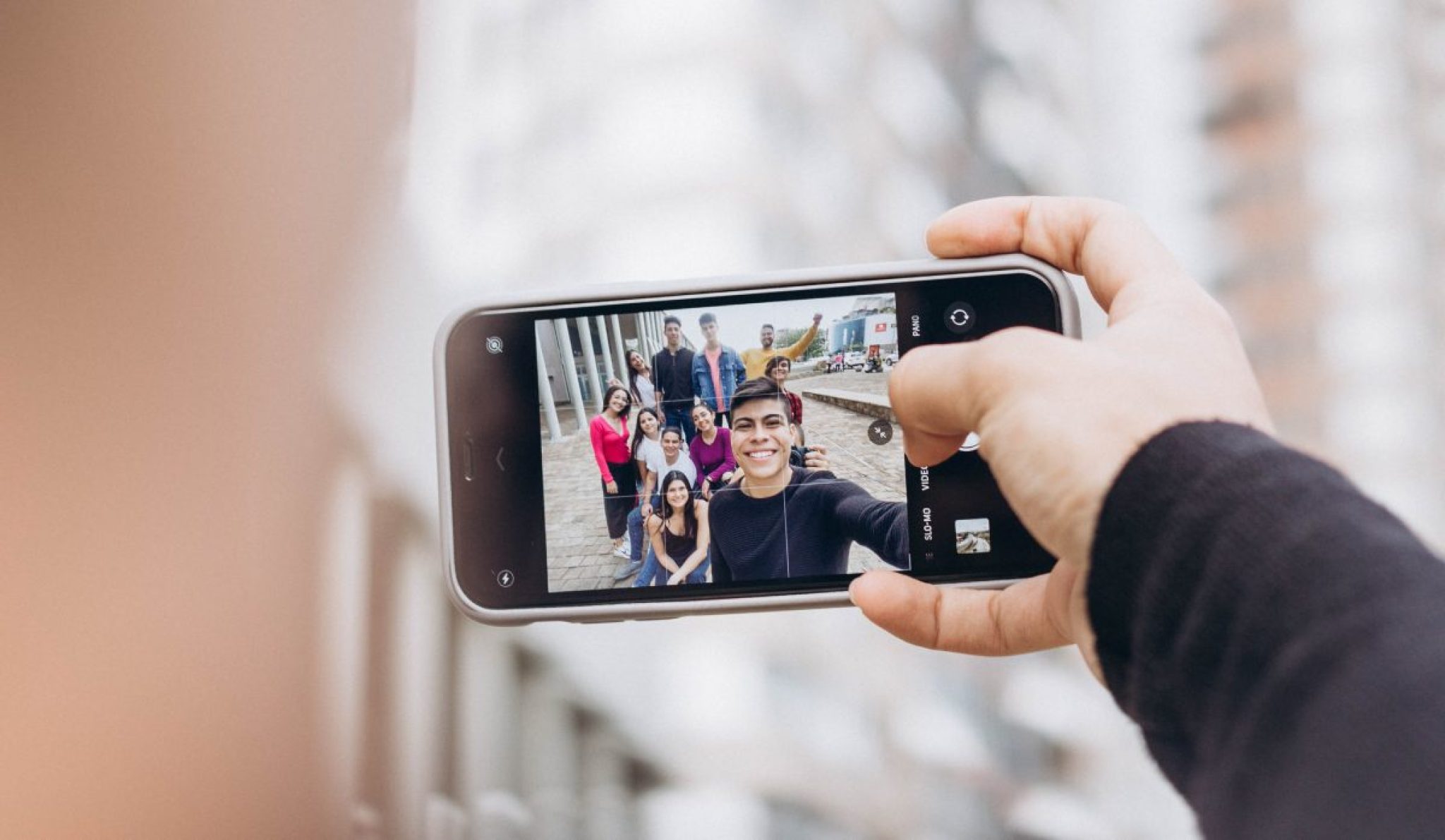As soon as you tap on your screen, ads will instantly pop up on your news feed—no matter the social media platform you’re on. It’s oversaturated and the only way your business will stand out is if you create relevant and engaging stories.
That’s why utilising user-generated content (UGC) is a great strategy to build your brand’s presence online.
UGC helps you nurture a brand community because your customers become your co-creators, adding depth and a human element to your brand story. People see impersonal business-led content often on their feed, so they’re attracted to content that feels genuine. In fact, potential customers are 2.4 times more likely to trust user-generated content versus content created by the business itself, especially when it’s a big corporation.
Existing customers know how your business has helped them, so they’re the best spokespersons for your brand. They can attract and engage your target audience since they provide an unbiased perspective on your brand, which can prove the value of your products and services. You can visit copywriting services if you’re looking for quality service and strategy for creating quality content.
What is user-generated content?
Word of mouth is a powerful tool to get people to recognise and consider your business. That’s why customer reviews are essential, it’s a marketing strategy in itself and a form of social listening.
UGC stands for consumer-generated content, and for good reason: internet users will typically post social media content about the products they love (or hate), regardless of what the brand thinks of their opinion.
UGC encourages interested viewers to purchase your products and even engage with your business, especially when they see a robust brand community online where every customer is actively interacting with each other and your official brand accounts. It’s different from crowdsourcing, which takes a more active approach to getting content from your followers because you’re directly asking for your customers’ input.
This is the driving force behind content marketing success stories: Engaging with your ideal customer, and encouraging them to be a part of your brand community.
Why should you utilise user-generated content for your business?
UGC is one of the top marketing trends in 2022, and for good reason: it’s low-effort, high impact organic content that’s inexpensive and easy to integrate into your existing content strategy which saves you time and money.
UGC boosts sales, brand loyalty and recognition as material is continually created and shared. It also builds your credibility and authority because people trust recommendations and expert testimonials instead of a faceless business logo attached to yet another bland post.
User-generated content also lets your customers interact with you, which adds to your brand story. It humanises your brand because people see that you’re engaging with your customers and appreciating when they share their experience with your business.
5 user-generated content campaigns that totally killed it
Brands have built their most effective content marketing campaigns purely around user-generated content. Whether it’s using your business connections or engaging long-term customers (i.e. creative brand advocates), crowdsourcing can boost your business.
1. Canva
Australia-based design company Canva is now one of the world’s highest valued startups, and it’s all thanks to its collaborative business model. Its user-centred experience makes design accessible and easy, as opposed to other popular design applications.
The platform was created to make design accessible to individual creatives and small businesses alike, taking the guesswork out of producing everything from gift tags to new product announcements. On the website, you can design from scratch or use premade templates and elements to create infinite designs.
Many of these templates and graphics are made not just by Canva’s in-house design team but also by Canva contributors and users, so creatives can also build their portfolio and earn a commission by uploading their work.
Canva simplifies the design process for everyone; users can upload their work and even earn money when other people use their designs. What makes this so appealing for already established creatives is that Canva Contributors are protected by fair licensing agreements. It’s a win-win scenario for both the company and its users.
2. Spotify Wrapped
It’s controversial, but Spotify’s biggest yearly marketing campaign makes sharing your user data fun and personal. The success of Spotify Wrapped lies in its shareability, with engaging text templates and fun animation designed to be reposted as stories.

“The genesis of this actually goes back to 2013, when a few smart folks at Spotify thought, ‘Hey we have this data, would anyone be interested?,’” says Alex Bodman, vice president and global executive creative director at Spotify. “It was a humble first effort, but it was very clear that people found this compelling.”
You take your listening information and share with your network what you’ve been listening to, so they discover new music and podcasts to try, plus they see what you have in common. That social aspect of the campaign is how Wrapped reaches users of competitor streaming platforms.
It’s since become a yearly tradition many of the digital generation look forward to. In 2020, Spotify Wrapped saw more than 60 million shares from 90 million users.
3. Glossier
Beauty brand Glossier puts user-generated content at the centre of their social media strategy. The company encourages users to be their authentic selves and share their selfies, allowing the brand to showcase stories about their products that are heartfelt and personal.
https://www.instagram.com/p/B6gWfC5BZCN/?utm_source=ig_embed&utm_campaign=loading
Glossier has its roots in its media brand Into the Gloss, which nurtures a 1.5-million strong community that engages the group with chatty, intimate celebrity profiles and tongue-in-cheek humour from stories of the everyday individuals sharing their “Top Shelfie”. The company leverages on that mass of people for the content they create organically; CEO Emily Weiss estimates the company generates 90% of its revenue to these loyal fans.
An example here is their #maskforce selfie campaign where women were being their unique, funny and most importantly 100% real selves, Weiss says the brand aims to make “every single woman … an influencer,” by championing UGC.
4. Canon Australia
Canon Australia understands how photography and social media are intertwined. Naturally, user-generated content became their secret to a successful social media strategy. With almost 390,000 followers, Canon Australia’s Instagram is composed of beautiful snapshots of the country’s impressive landscapes taken by customer cameras.
Canon Australia’s Get Inspired section taps a collective of photographers and brand ambassadors. These photographers share their work on Canon’s website and tell their stories, helping out other users honing their photography skills.
The company maximises the talent and opportunity for learning that users are bound to have, from professionals to long-time hobbyists and enthusiasts just beginning to dip their toes into photography. By featuring the customer base’s content the business celebrates the different perspectives people have of the country’s views and shows new ways products can be used.
The camera brand aims for social media campaigns on Facebook and Instagram to fall into three buckets: inspire, enable and celebrate photography, says Tim Wilford, editorial and consumer engagement specialist at Canon Australia.
5. HiSmile
Gold Coast-born company HiSmile took the teeth whitening industry by storm through thoughtful use of influencer marketing and user-generated content on social media. Now a multi-million dollar business, HiSmile was able to connect with a wider millennial audience, as well as the previously untapped male market, through Instagram campaigns featuring Conor McGregor and the Kardashians.
https://www.instagram.com/p/Ba9j5zCAxby/?utm_source=ig_embed&utm_campaign=loading
HiSmile changed the way people think about teeth whitening. From a painful trip to the dentist that most would rather avoid to a process that can be done conveniently from home.
By encouraging and sharing engaging content, the brand turned teeth whitening into a trendy experience that users can get into. When a customer receives a package, the innovation and the package makes them more inclined to tag the brand and share what they got online.
Building user-generated content is a smart strategy, especially if you want to boost your small business.
User generated content starts by giving your customer and audience something engaging that they can share, comment on or like.
Want to start telling these stories? Let’s chat and discover what UGC will work for your business.

